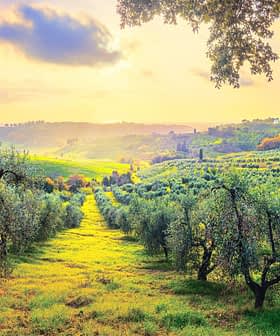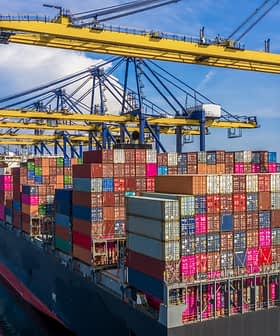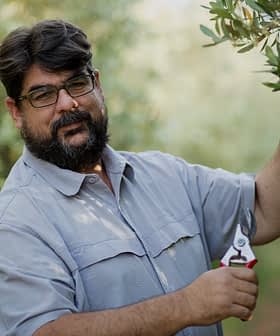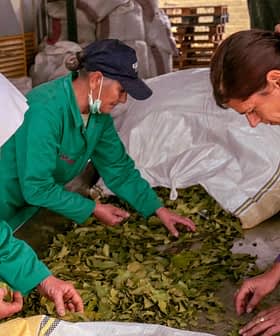Preliminary Estimates Suggest Significant Drop in California Production
Olive oil production in California is expected to drop significantly in the 2022/23 crop year compared with the previous harvest, with the Olive Oil Commission of California members expected to produce 1.8 million gallons, down from three million gallons in 2021/22. The decrease in production is attributed to challenges such as high winds, drought, and climate change impacting olive groves in the state, with many producers needing to network with others to address these issues.
Olive oil production in California is expected to drop significantly in the 2022/23 crop year compared with the previous harvest.
According to the Olive Oil Commission of California (OOCC), which represents 90 percent of the Golden state’s production, its members will produce 1.8 million gallons (8.2 million liters) in the current crop year.
Previously, OOCC members combined to produce three million gallons (13.6 million liters) in 2021/22, 1.9 million gallons (8.6 million liters) in 2020/21 and 3.6 million gallons (16.4 million liters) in 2019/20.
See Also:Record Number of NYIOOC Awards for American ProducersAlthough some of the discrepancies in production are down to the natural alternate bearing cycle of the olive tree, producers faced a range of challenges, from high winds damaging trees during blossoming to the state’s unrelenting drought.
Zach Thorp, co-owner of Lot22, which won a Gold and Silver Award at the 2022 NYIOOC World Olive Oil Competition, recently told Olive Oil Times how “the climate is not the same as it was five years ago and we are constantly needing to network with other California growers in order to problem solve an ever-growing issue.”
Local authorities in California, which is responsible for virtually all olive oil production in the United States, expect the drought to worsen in 2022.
According to the most recent data from the U.S. Drought Monitor, 97.5 percent of California is currently in a severe drought, with an extreme drought warning covering almost 60 percent of the state.
“We are set in a very specific microclimate in southern California,” Thorp said of his groves located east of Los Angeles. “Currently, with water being a significant issue for California, we are seeing the elements of our microclimate begin to take center stage for sustainable crops like olives in a water-challenged environment.”
The extreme resilience of olive trees to drought and water scarcity is one of the reasons for many olive-related investments and expansion projects worldwide.
Still, prolonged dry conditions over time severely impact rainfed orchards’ productivity, while excessive heat also impacts irrigated groves.
Samantha Dorsey, the president of McEvoy Ranch, which earned one Gold and two Silver Awards at the 2022 NYIOOC, told Olive Oil Times last August that the combination of high winds, prolonged drought and above-average temperatures impacted her previous harvest.
According to the 2022 Olive Oil Times Producers Survey, 36 percent of the 4,235 international participants surveyed said excessive heat affected their harvest in 2021/22. A further 33 percent of respondents said drought had negatively affected their harvest.









